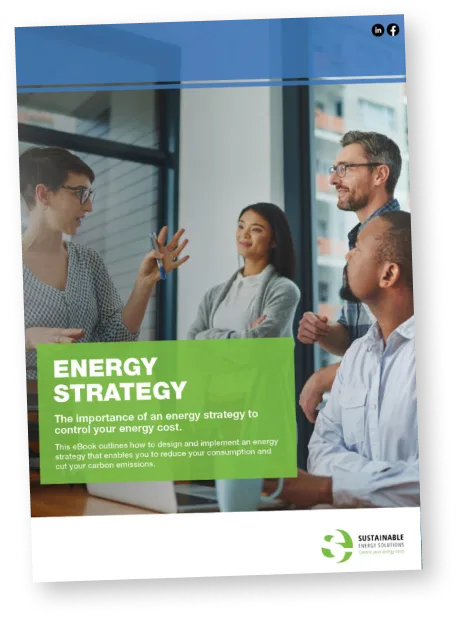Read our latest article by Luigi Taddeo, our Energy Efficiency Solutions Manager, on the importance of an independent solar audit.
How to avoid a poorly installed solar system?
As more and more businesses acquire solar to counter the rise in their energy costs – they are faced with the task of not only choosing the correct system, but engaging with a reputable solar provider who will install the system correctly.
A report produced for the government found that less than 20% of solar installations audited between 2016 and 2018 were fully compliant with necessary regulations. Further audits were done in 2021 through Solar Vic. They discovered a substantial portion of solar power systems installed in their state were substandard. Specifically, 36.85% of the audited systems required rectification and did not meet the necessary standards for efficient operation.
The prevalence of substandard solar installations is concerning as poorly installed systems can create a variety of problems such as:
⚠️ Reduced system performance
⚠️ Diminished energy production and grid contribution of solar
⚠️ Lower financial returns
⚠️ Shorter system lifespans and higher maintenance costs
⚠️ Increased risk of electrical hazards or fire
What’s the answer? An independent audit post-installation.
As part of our solar procurement process at SES, all of our solar installations above 99kw are audited upon completion by our independent solar experts at Beam Solar.
When the team at Beam conduct an audit, the entire system is thoroughly assessed and a comprehensive report is generated. These reports highlight non-compliance issues along with recommendations on how to rectify them. They can also send the installer the list of defects which need to be rectified and the team will follow up to ensure they are completed.
The non-compliance report is structured into 5 areas:
- Safety Concerns
These issues pose immediate risks to the system’s safety, and so clients are immediately notified and the system is often turned off until the concerns are resolved. Safety concerns can include incorrectly sealed DC junction boxes or isolators, incorrectly installed cables, terminations or connectors, exposed live conductors, and unsecured panels or equipment that could fall from the roof. - High Level Non-Compliances
These issues can significantly impact system performance, void warranties, or cause damage to the building. Clients are notified in the audit report, and installers are required to rectify all defects. Common high-level non-compliances include poor system design, incorrectly installed solar inverters or panel mounting equipment, poorly sealed penetrations, and lack of correct documentation to enable client to receive Feed-in Tariffs (FITs) or Renewable Energy Certificates (RECs). - Medium Non-Compliances
These issues may result in lower levels of underperformance or difficulties in operating and maintaining the system. Clients can request follow-up with the installer. Medium non-compliances may include minor system design issues, insufficient walkways between panels, failure to provide client with monitoring logins, significant signage or documentation issues, and panels placed in shading or too close to A/C units or vents. - Low Level Non-Compliances
These cases do not significantly impact the system’s performance, and the risk of issues is low. Clients can request follow-up with the installer. Low level non-compliances might involve minor issues with system signage or documentation and very minor design issues where resulting underperformance is negligible. - Opportunities for Improvements
These are cases where improvements could be made, but the system is not affected. These opportunities are presented in the audit report but are typically not followed up with the installers. Examples of opportunities for improvements include messy conduit runs, messy system signage or documentation, inverters close to office locations where noise could be annoying, rubbish or debris left behind from installation, or cable tray/conduits visible from the street.
To ensure your solar project is compliant or to check if your system is eligible for an audit, contact your SES Account Manager to find out more about our end-to-end procurement process. Chat to our team of experts by filling out our contact form or calling us on (02) 9371 4153.
*Disclaimer: This article is general information only and does not constitute financial advice. Electricity and gas commodities are volatile markets and prices vary daily.
